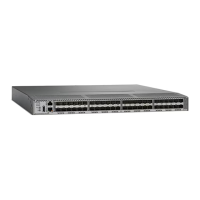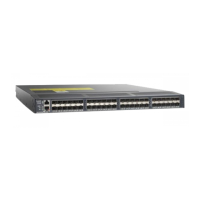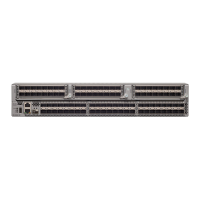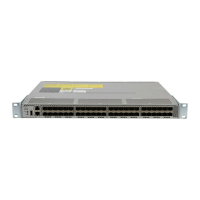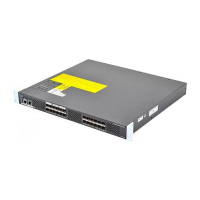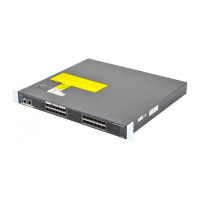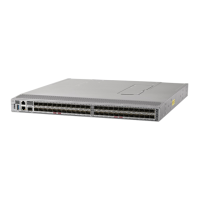DPVM does not cause any changes to device addressing. DPVM only pertains to the VSAN membership of
the device, ensuring that the host gets the same VSAN membership on any port on the switch. For example,
if a port on the switch has a hardware failure, you can move the host connection to another port on the switch
and you do not need to update the VSAN membership manually.
Note
DPVM is not supported on FL ports. DPVM is supported only on F ports.
Note
This section describes DPVM and includes the following topics:
About DPVM Configuration
To use the DPVM feature as designed, be sure to verify the following requirements:
• The interface through which the dynamic device connects to the Cisco MDS 9000 Family switch must
be configured as an F port.
• The static port VSAN of the F port should be valid (not isolated, not suspended, and in existence).
• The dynamic VSAN configured for the device in the DPVM database should be valid (not isolated, not
suspended, and in existence).
The DPVM feature overrides any existing static port VSAN membership configuration. If the VSAN
corresponding to the dynamic port is deleted or suspended, the port is shut down.
Note
Enabling DPVM
To begin configuring DPVM, you must explicitly enable DPVM on the required switches in the fabric. By
default, this feature is disabled in all switches in the Cisco MDS 9000 Family.
The configuration and verification commands for DPVM are only available when DPVM is enabled on a
switch. When you disable this feature, all related configurations are automatically discarded.
To enable DPVM on any participating switch, follow these steps:
Step 1 switch# config t
switch(config)#
Enters configuration mode.
Step 2 switch(config)# feature dpvm
Enables DPVM on that switch.
Step 3 switch(config)# no feature dpvm
Disables (default) DPVM on that switch.
Cisco MDS 9000 Series Fabric Configuration Guide, Release 8.x
22
Creating Dynamic VSANs
About DPVM Configuration
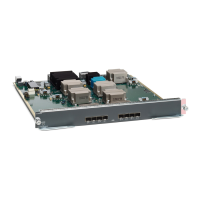
